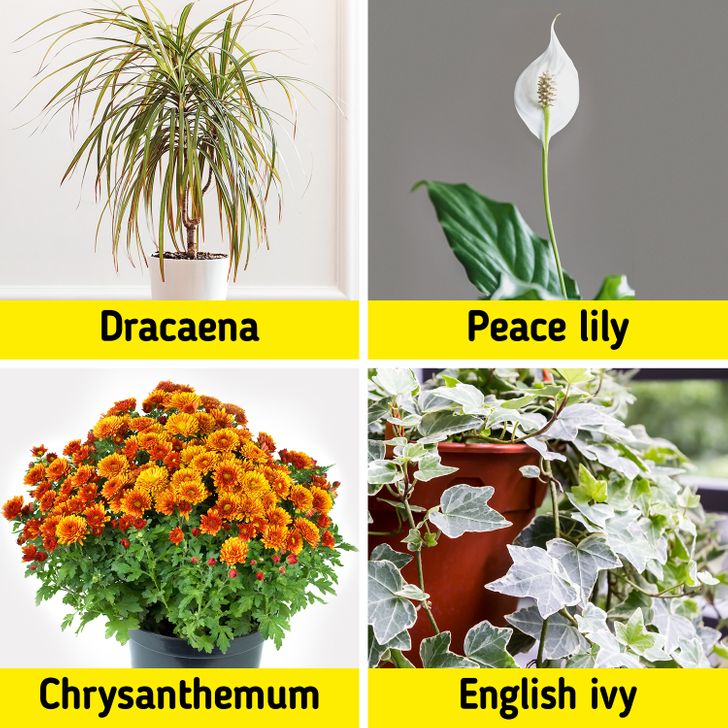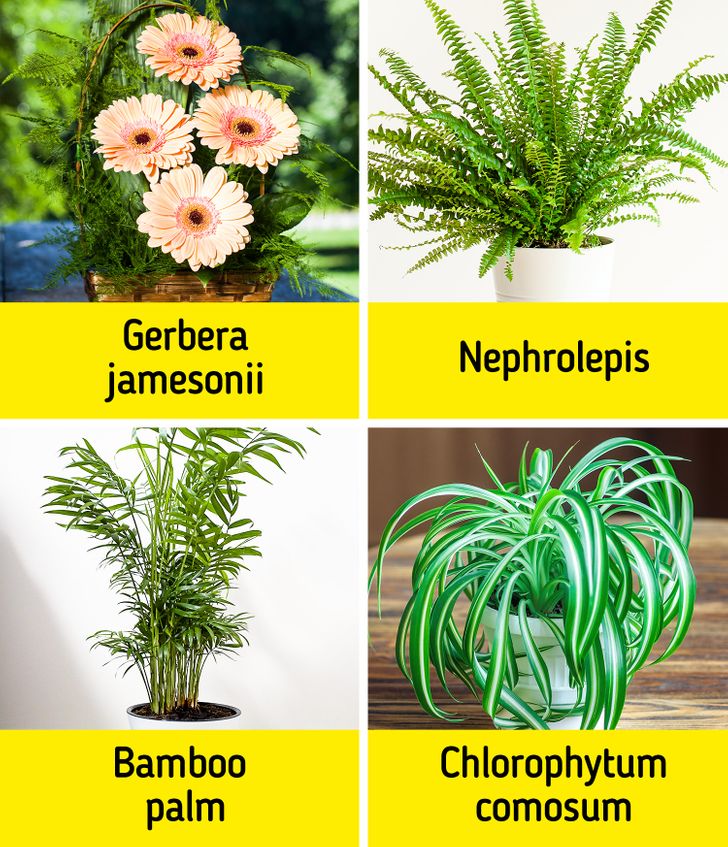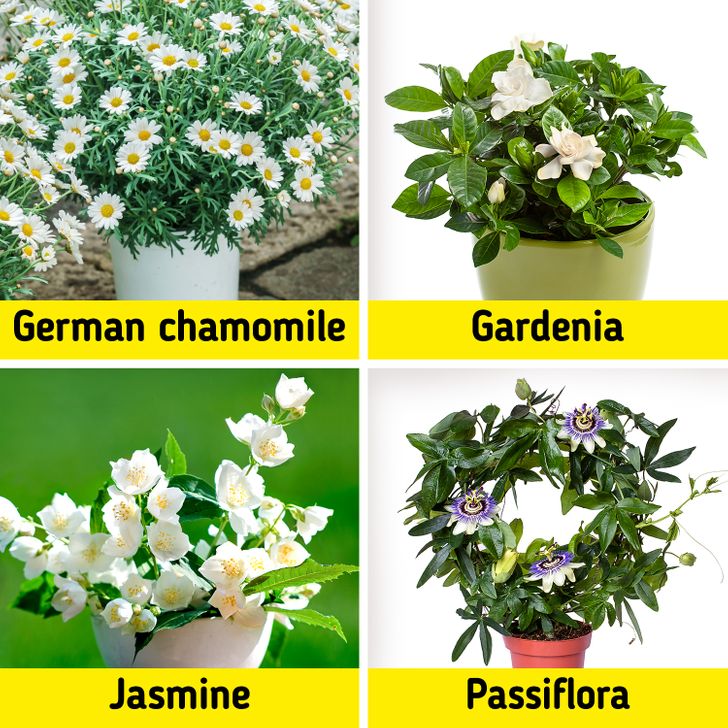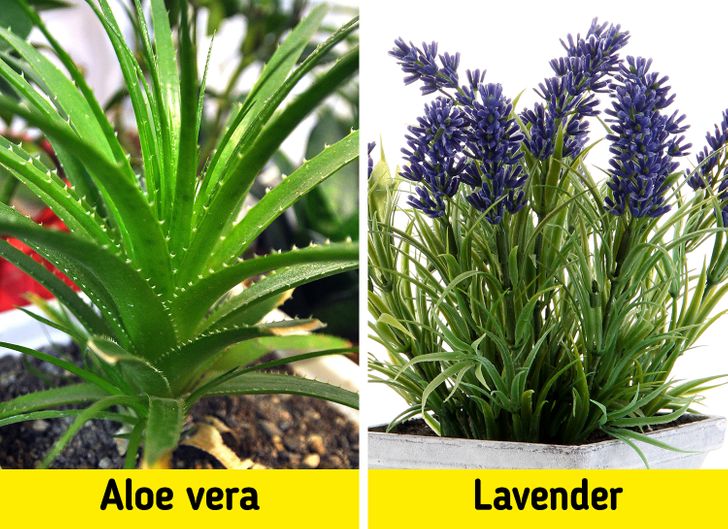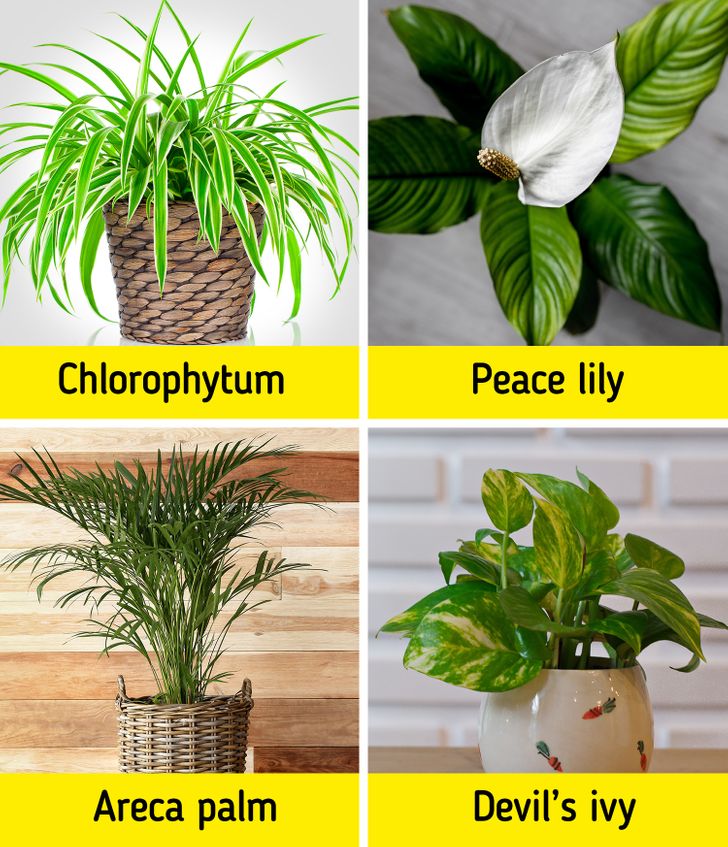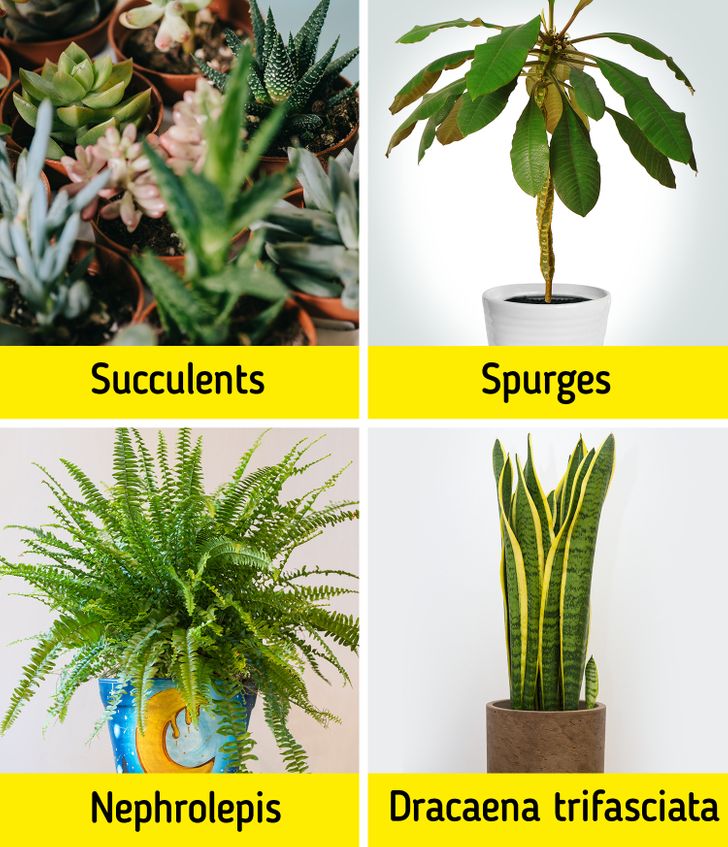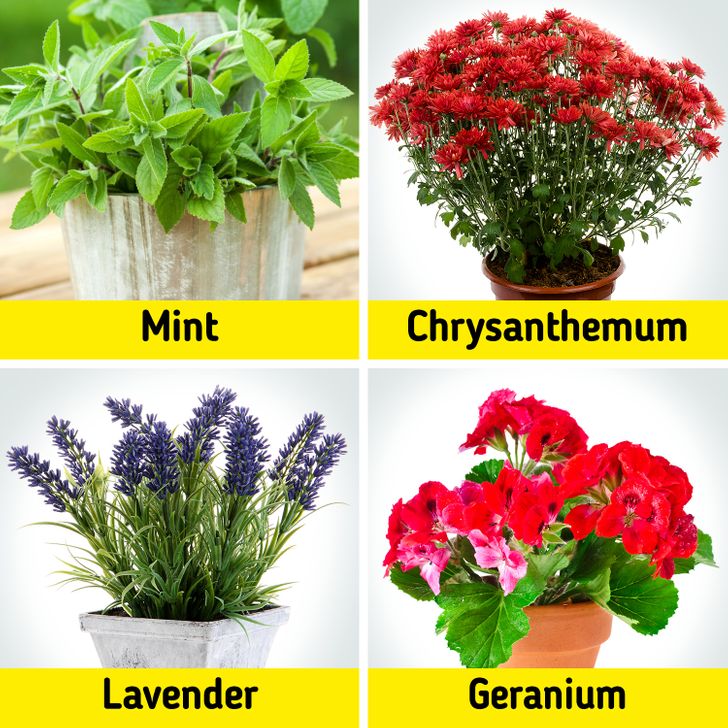I love the smell of Levander. It makes the atmosphere so relaxing and innocent... And you sleep like a child!
20 House Plants That Will Both Decorate Your Home and Bring On All the Good Vibes
Many people are prone to biophilia, a subconscious need to be somehow connected with nature. Perhaps that’s why many of us like to grow orchids, cacti, and violets on our windowsills. But few of us would guess that some house plants can bring a lot of good, aside from just aesthetic pleasure. For example, they can cleanse the air, contribute to good sleep, and even repel mosquitos and other insects.
We at Bright Side found out which plants can not only decorate your home but do a lot of good as well. It’s worth noting that we referred to scientific research while creating this list.
Plants that are good at cleansing the air
In 1989, the National Aeronautics and Space Administration (NASA) researched ways to clean air in space stations and published the results in the form of a list of air-filtering plants. And as it turns out, dracaenas (red-edged and cornstalk dracaena in particular), peace lilies, chrysanthemums, English ivy, Gerbera jamesonii, and Nephrolepis are best at removing volatile organic pollutants such as benzene, formaldehyde, and trichloroethylene.
According to NASA’s research, the bamboo palm is the champion at clearing the air of formaldehyde, while Gerbera jamesonii is the champion at ridding benzene from the surrounding environment.
English ivy can also be highlighted on this list because based on research held by the American College of Allergy, Asthma, & Immunology, this plant can decrease the number of air pollutants like mold and dog feces. Therefore, ivy can be grown by people who suffer from asthma or have difficulty breathing at night.
Chlorophytum comosum is another plant that cleans the air. Studies have shown that this plant removes about 90% of potentially cancer-causing formaldehyde from the air in a room, which can be dangerous if inhaled in large does over a long time. In addition to cleaning the air, Chlorophytum comosum absorbs smells and poisonous vapors as well as sustains a normal level of oxygen in the room, promoting better sleep.
In case you didn’t already know, benzene is used for producing plastic, cleansing agents, and drugs; it also is present in tobacco smoke, glue, and furniture wax. Trichloroethylene is also in printing inks, varnishes, adhesives, and paint removers. Formaldehyde is found in paper bags, wax paper, facial tissues, paper towels, plywood panels, and synthetic fabrics.
Plants that improve sleep
Some house plants are believed to stimulate good sleep, naturally. Thus, according to research, German chamomile promotes better sleep and increases the chance of having solid, continuous sleep.
The aromatic flowers of the Gardenia jasminoides plant is also a good alternative to sleeping pills.
It has been proven that the smell of jasmine decreases anxiety, helps people fall asleep, and contributes to good-quality sleep. All of these, in turn, can increase brain activity during the day.
Not only does the passiflora (or passionflower) improve one’s mood with its bright colors, but it also improves the mood thanks to its soothing aroma. In one small study, scientists found that passiflora flowers might help anxiety better than some sedatives, as it appears to have fewer side effects.
Plants absorb carbon dioxide and have been used in studies in particular to clean air. In a study conducted by NASA, Aloe vera was such a plant found to absorb, not just carbon dioxide, but benzene and formaldehyde, as well. That’s why it should be kept at home.
The list is completed by lavender, which is widely used as a source of essential oil. The fragrance of the plant can even soothe babies and help them to sleep soundly.
Plants that increase humidity
As a rule, plants with large, wide leaves are generally the best at increasing indoor humidity. The ideal humidity level in a home should be around 50%. If it’s less than 30%, the air is too dry, and if it’s more than 60%, the air is too humid.
Chlorophytum is one of the best plants that can be bought for increasing humidity in a room. According to the research held in 2016, this house plant can increase humidity by 10% (as long as the lightning is bright).
Besides cleaning the air, peace lilies also contribute to boosting humidity in the room by 5%. That means it helps to get rid of that annoying dryness in your nose and throat, guaranteeing better sleep.
Plants such as the areca palm and devil’s ivy can also humidify the air.
Plants that decrease humidity in the air
House plants that can decrease humidity in rooms are most often stored in bathrooms and other places prone to dampness. These consist of various types of succulents and cacti, spurges, Nephrolepis exaltata (or the Boston fern), and Sansevierias (or snake plants).
Plants that repel insects (mosquitoes, flies, and fleas)
Mint, chrysanthemums, lavender and geraniums are natural insecticides that repel insects. By the way, geranium is a popular ingredient in many types of natural, anti-mosquito sprays. In the photo below, you can see how bunches of lavender meant for repelling insects look. This kind is sold in France.
And here’s an even bigger list of more pest-repelling plants.
What types of plants live in your home?
Comments
I use Levander oil for my kids. They always loved it when they were infants and still do :))
Jasmine and gardenia are two of my favorite smells. I love those flowers! We used to have jasmine in our village house... I just love its smell when you pass by it !
I have a little plant on my desk and I really like it... I am looking to add some more. Any recommendations?
It kinda depends on how much you want to take care of it. I don't like fake plants but they're perfect for lazy people
I think it's better to get a succulent or a cactus if you are a bit lazy. These are real plants and look way better
Related Reads
I Refused to Split My Son’s Inheritance With My Other Son

16 People Whose Good Deeds Didn’t Go Unpunished

11 Plot Twists That Could Even Make Hollywood Jealous

15 True Stories That Made Us Say, “The World Has Real Angels in It”

I Refused to Lose My House Just Because I Found Love Again

12 People Who Accidentally Found Hidden Cameras in Places Where They Shouldn’t Be

13 Stories About Amazing Coincidences That Are Hard to Believe In

18 Stories About Mothers-in-Law That Are Full of Drama

I Refused to Take My Pregnant Stepmother to the Hospital

9 People Share Impossible Events That Horrified Them to Their Core

My In-Laws Want Me to Be a Stay-at-Home Wife, but I Refuse

20+ Stories That Prove Mothers-in-Law Are a Lottery

